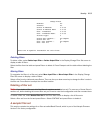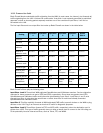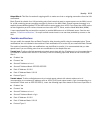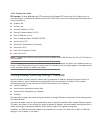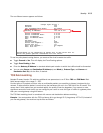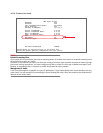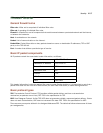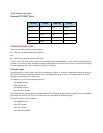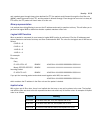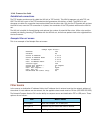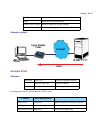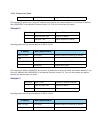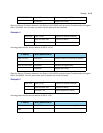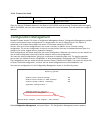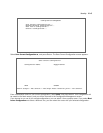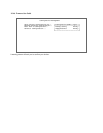
Security 10-39
and a packet goes through these rules destined for FTP, the packet would forward through the first filter rule
(WWW), match the second rule (FTP), and the packet is allowed through. Even though the next rule is to deny all
FTP traffic, the FTP packet will never make it to this rule.
Binary representation
It is easiest when doing filtering to convert the IP address and mask in question to binary. This will allow you to
perform the logical AND to determine whether a packet matches a filter rule.
Logical AND function
When a packet is compared (in most cases) a logical AND function is performed. First the IP addresses and
subnet masks are converted to binary and then combined with AND. The rules for the logical use of AND are as
follows:
0 AND 0 = 0
0 AND 1 = 0
1 AND 0 = 0
1 AND 1 = 1
For example:
Filter rule:
Deny
IP: 163.176.1.15 BINARY: 10100011.10110000.00000001.00001111
Mask: 255.255.255.255 BINARY: 11111111.11111111.11111111.11111111
Incoming Packet:
IP 163.176.1.15 BINARY: 10100011.10110000.00000001.00001111
If you put the incoming packet and subnet mask together with AND, the result is:
10100011.10110000.00000001.00001111
which matches the IP address in the filter rule and the packet is denied.
Implied rules
With a given set of filter rules, there is an Implied rule that may or may not be shown to the user. The implied
rule tells the filter set what to do with a packet that does not match any of the filter rules. An example of implied
rules is as follows:
Implied Meaning
Y+Y+Y=N If all filter rules are YES, the implied rule is NO.
N+N+N=Y If all filter rules are NO, the implied rule is YES.
Y+N+Y=N If a mix of YES and NO filters, the implied rule is NO.



